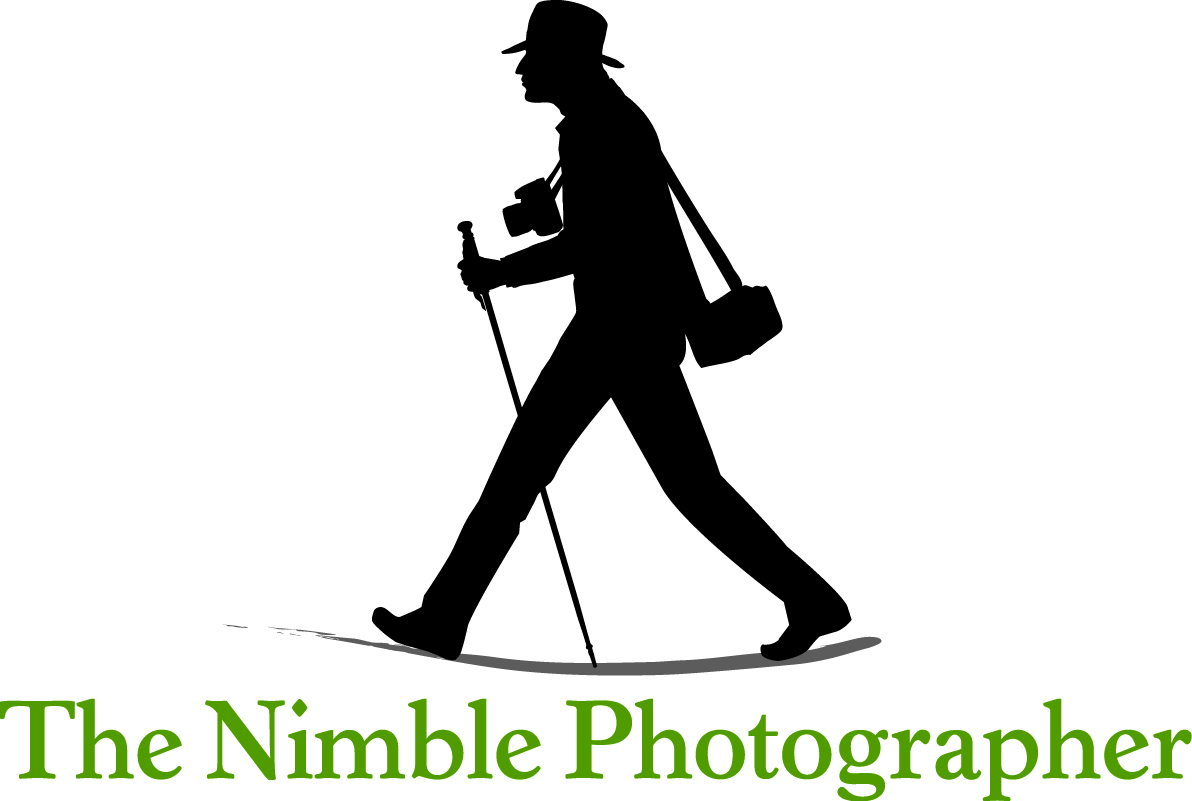I can't stop staring at a print that just emerged from the Epson R2400.
I only print B&W with the R2400. That's what it does best, and has done so for nearly 10 years.
Unlike color printing, that I usually get right on the first or second try, B&W requires more patience. Since all I have is composition and tonality, it takes me longer to find the beauty trapped inside that image.
So what is it about monochrome that drive me crazy?
It's the grays. Yes, we need the blacks for punch. And the whites provide the sparkle. But the gradation of middle tones is what I find mesmerizing. The contours of the face, neck, and arms, rendered in gentle variations of gray, remind me of a beautiful sculpture.
If you've never printed in B&W, here's my suggestion. Pull out 10 sheets of a bright white matte paper, such as Red River's Polar White. Choose your favorite portrait, and convert it to monochrome. Then use all 10 sheets to craft the best image you can.
Buy a nice frame for your 10th print. Make sure there's a light to shine on it.
And here's the best part: The location where you hang that print...
will become your favorite wall in the house.
-Derrick
